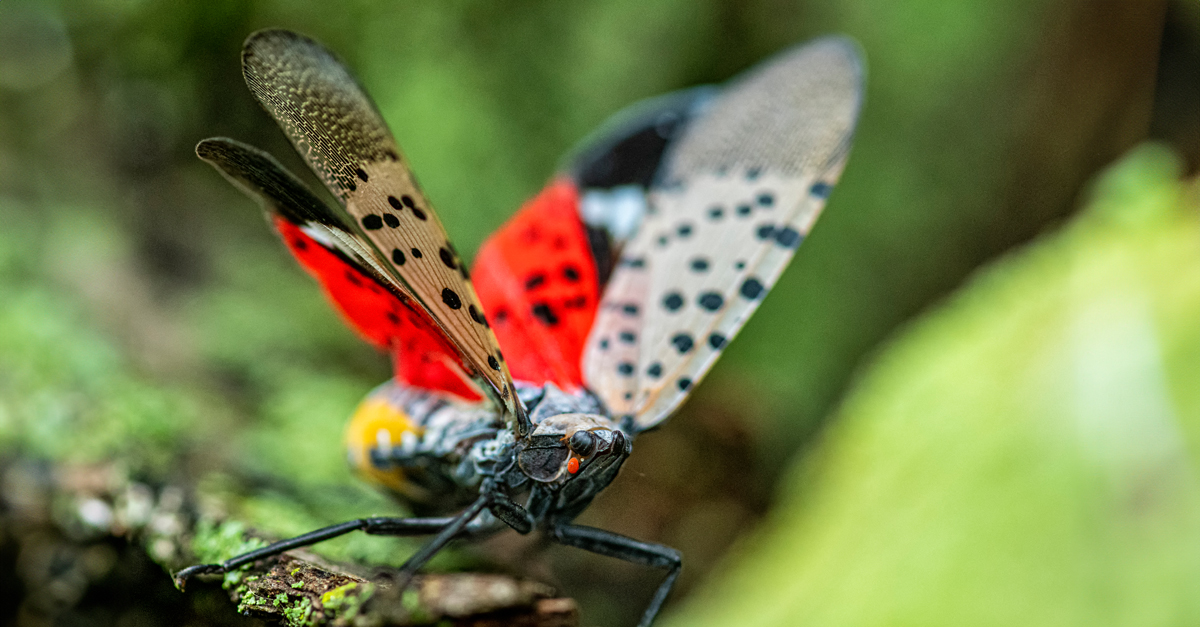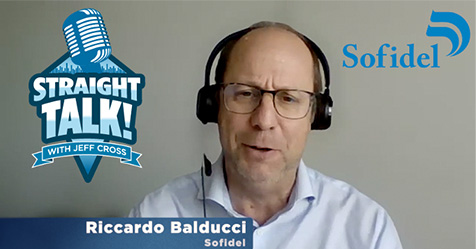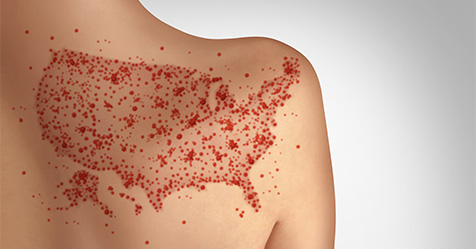In recent years, North America has seen a rise in new and emerging pests driven by the effects of climate change and the expansion of global trade. Invasive insects, such as the brown marmorated stink bug, Asian longhorn tick, and spotted lanternfly have come into North America by way of shipments from across the world.
These invasive species bring a host of challenges to the regions they enter. From damaged crops and ecosystems to disruptions to daily life, the impact of these pests is far-reaching.
The spotted lanternfly specifically has sparked new discussions on social media and in the news about the dangers of invasive insects. The lanternflies, along with other invaders, deprive local animals of their habitats, destroy forests, affect air quality, and damage gardens and private property.
This article explores the growing threat of invasive insects, the challenges in identifying them, and the strategies and technologies that can help mitigate their effects on our environment and communities.
Pest identification challenges
Insects can range widely in size, from larger insects the size of your hand with clearly identifiable patterns to smaller insects the size of your fingernail with vague patterning that resembles other species in the region. While it is part of a pest control professional’s job to learn how to identify new pests, that information may not be readily available in the first stages of an invasive species infestation. Making a positive identification, or noting that the insect is definitely not one that should be in your area (whether you can identify it or not), is key in being able to report the presence of this invasive species to the appropriate sources.
Ongoing education, training, and research are all important in learning how to identify new pests and knowing the current recommendations for dealing with them and reporting their presence.
Integrated pest management strategies
Integrated pest management (IPM) is composed of five different pest control strategies:
- Taking no action, as sometimes all you can do is wait and see the impact that a pest will have on the environment.
- Following cultural practices and preventative measures such as rotating crops, tilling soil, and using pest-resistant plant varieties.
- Implementing mechanical methods such as setting up barriers and weeding.
- Implementing biological methods like using pheromones to lure pests into traps.
- Applying insecticides.
These strategies give you multiple ways to combat new pest threats, from taking proactive measures like inspections and exclusion techniques to installing barriers or using different types of insecticides.
Pest control needs to be a priority for everyone who may come into contact with the insects, from custodians to facility managers. Providing information to everyone on staff about the new invasive species and the agency to contact if they’re spotted can also help to stop the spread.
The role of technology
Technological advancements can make many aspects of pest control easier. Smart traps and digital monitoring systems can help identify newcomers, note when they first started appearing, and track the spread of any infestations.
You can’t physically monitor your grounds at all hours of the day for insects, so having a digital monitoring system allows you the peace of mind that any insect activity is being recorded and logged. This also allows you to attend to other duties.
Vigilance against future pest threats
New pests and changes in insect behavior are ongoing, so staying updated on new trends and threats is key to combating these invaders. Partner with other pest control experts to create a community where you can share information, resources, and tools.
Staying informed and adaptable is crucial as pest threats continue to evolve. Vigilance, education, and proactive measures will be essential in managing existing pests and protecting our ecosystems and properties from the dangers new pests pose.




